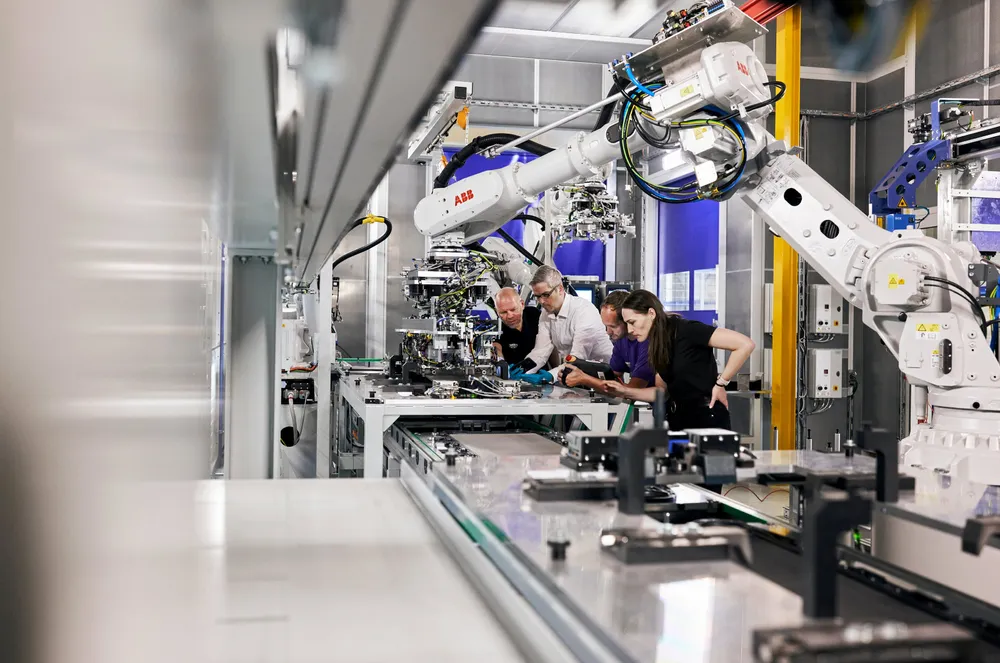Hydrogen electrolyser factories are only operating at 10% capacity on average: BNEF
Idling production lines come despite a threefold increase in renewable H2 investment in 2023

Idling production lines come despite a threefold increase in renewable H2 investment in 2023
